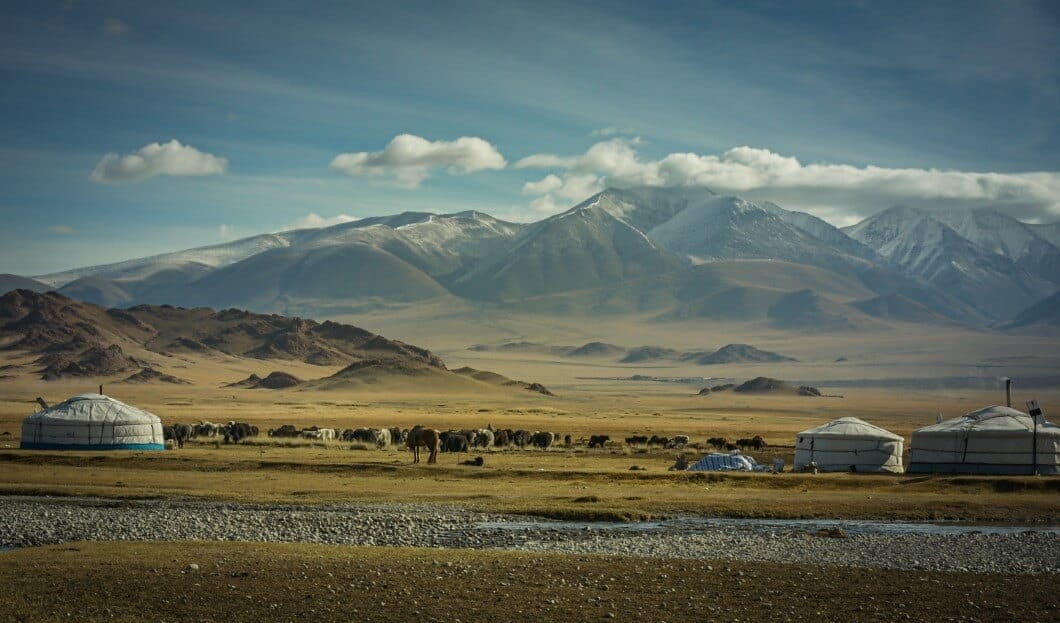
TRAVEL RECOVERY ACCELERATES IN THE ASIA-PACIFIC REGION
According to the latest air ticketing data from ForwardKeys, Asia Pacific destinations have shown a travel recovery of over 50% of their pre-pandemic international arrival volumes in the first three quarters of this year. However, they are still down by 45% compared to 2019.
On-the-book tickets for arrivals during the fourth quarter indicate a marked improvement, with just a 25% decrease compared to the same period in 2019.
The Asia-Pacific region is recovering the fastest. Still, the Middle East is on track to exceed its 2019 levels during the fourth quarter, and the Americas are expected to return to pre-pandemic levels. It is worth noting that total international outbound travel has been following a similar trend. The Americas led the outbound travel recovery due to the strength of the US dollar and a significant increase in flight capacity.
Travel Trends in the Asia-Pacific Region
South Asia is experiencing a robust visitor revival, with India set to surpass its 2019 levels by 6%. This is primarily due to the ambitious plans of Air India and IndiGo to renew and expand their fleet by placing orders for 470 new aircraft, including fuel-efficient models. As a result of these developments, India is making significant strides in the travel industry, emerging as a dominant player.
In Oceania, Fiji has made notable progress toward travel recovery despite accounting for only 8% of the total arrivals in the region. However, flight availability and staffing continue to pose challenges for inbound tourism. The pandemic has significantly impacted the local tourism industry, resulting in a loss of workers. Many agencies have shifted their focus to the domestic market, considered a safer and more stable option.
Domestic travel in Australia has experienced 17% growth, while New Zealand is expected to see a 4% increase in the last quarter of 2023.
Southeast Asia is experiencing a 29% decline in tourism compared to 2019. This is mainly due to a slow recovery in flight volumes, increased travel costs, and safety concerns. Negative news stories, such as the recent shooting incident in Bangkok and telecommunication fraud in Myanmar, have also contributed to the decline in tourism.

On the other hand, Northeast Asian countries like Japan, Hong Kong, and South Korea are showing signs of recovery. Japan and South Korea are seeing a resurgence in travel between the two nations and arrivals from long-haul markets like North America and Western Europe. Meanwhile, Hong Kong draws in more tourists from within Asia, particularly Southeast Asia.
The Importance of Events in the Tourism Sector
The Asian Games had a significant impact on travel to Hangzhou, China. During the week leading up to the games, from September 18th to October 8th, flight ticket sales increased by an impressive 47% compared to the levels in 2019.
The Asian Games are expected to bring long-term benefits to Hangzhou as tourist interest has been sustained even after the games have ended. Flight bookings for Christmas are already 11% higher compared to 2019.
The music industry has made a remarkable comeback in the post-pandemic economy. It has proven to be a major driver of economic growth and has brought various benefits that come with live concerts. In 2023, we are witnessing a significant trend in the concert industry as more international artists prefer specific Southeast Asian countries for their tours. Singapore stands out as a prominent destination among these countries.
According to recent data, during Coldplay’s concert season in 2024, there will be a significant increase of 241% in travel from neighboring Southeast Asian countries to Singapore. This increase is way higher than the overall increase of 19% observed in January. In addition, for Taylor Swift’s concert in March, the latest data shows an astounding 380% increase in travel compared to the overall Q1 outlook of 37%. Most travelers are individuals or couples, and their average stay is three days.





